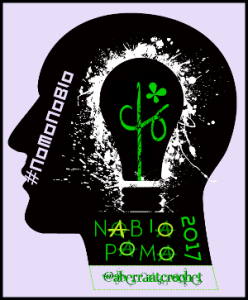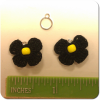This was a question asked on one of the crochet forums I’m on. Thought I’d share my response here. Feel free to add your input in the comments to help others!
I would say that what yarn you use depends on project and attitude actually. I know everyone has an opinion and there are various camps of thought. But my take is more of a unifier of worlds. I’m a true Libran – I dislike division.
You can crochet with anything. Seriously. And I’ve done it. I’ve mixed all sorts of fibers (some things not even considered “fiber”) and broken most taboos out there. And what I haven’t broken yet, I will endeavor to before I die. You can’t focus on being able to see. This is the eternal quip between my grandmothers and I. “But grandma, if you really know how to crochet, you don’t have to see your stitches, right?” It’s our private little laugh between us. But it’s true. I’ve used lots of stuff people didn’t think you could crochet with. But I also find that people get in a rut with fibers because they only use one type of hook or tool. Hooks can make an incredible difference in the variety of things you can create. Certain ones are better for certain things.
Only once have I come across a fiber that I felt was the spawn of satan and that I refused to try again and actually threw it away. Something called whirly-gig. And the monstrosity was difficult to use because it falls apart. Shouldn’t have been called yarn! In my experience, as long as it doesn’t fall apart, it can be crocheted!
I find most yarns do not meet people’s expectations because they approach it either with preconceived notions or one hook fits all approach. And that’s OK. Specialization is important too. Let the fibers speak to you and you’ll figure out how they best like to be used. It’s like anything in life, you learn how it works. All fibers have a personality of sorts and a way they “prefer” to be handled. All you do is just figure that out.
I say take the fear and hesitation out of it and just let go. Get some paint and splash it on that canvas and see what you get.









 Crochet Liberation Front:
Crochet Liberation Front:











































